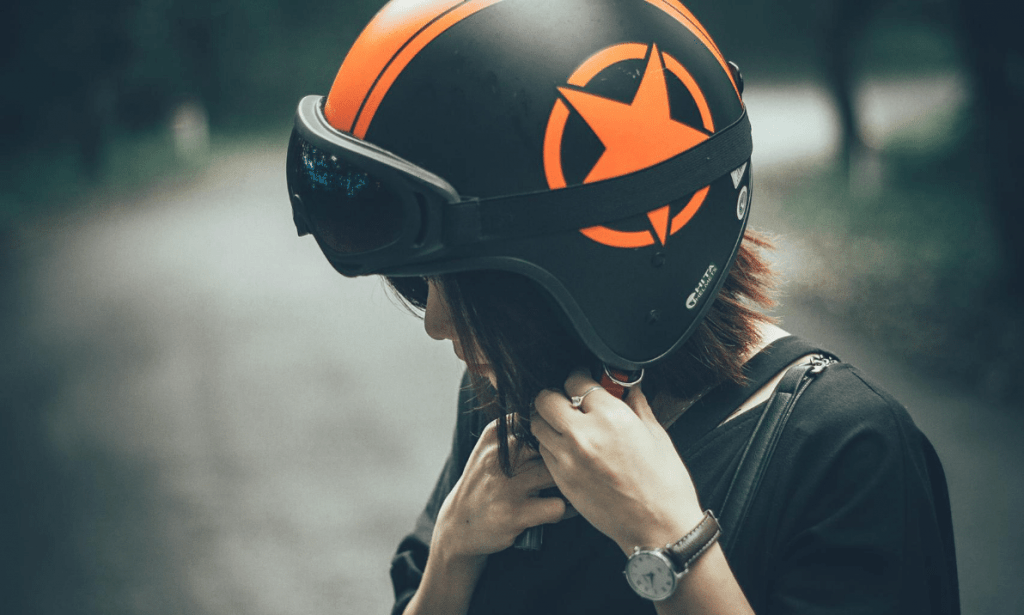Maybe you’re an open road enthusiast, or you love to burn rubber on the track. Perhaps you venture off-road in the great outdoors. No matter where and how you ride, you’re going to need a top-quality helmet. You don’t need a Ph.D. in engineering or physics to pick your helmet. But before you shop for motorcycle helmets for sale, take a look at this quick guide. Some useful tips can help you understand safety ratings and select one that meets your needs.
How To Choose the Safest Helmet
When you go shopping, you’ll see men’s motorcycle helmets plus unisex, women’s and youth categories. If your head is larger or smaller than typical or if you prefer a certain graphic style, you may want to cross-shop categories to find one that meets your needs. You’ll see five different styles on the market:
- Open face: worn by cruiser, retro and classic bike riders. They cover the top, sides and back of the head.
- Full face: offers full coverage including face shield and chin bar. They’re required on tracks and the helmets of choice for most street riders.
- Modular: include a hinged control that swings the face shield and chin bar open. They’re a common choice among touring and commuter riders.
- Dirt bike: covers everything but the top half of the face. They’re worn with goggles and offer plenty of airflow, but some versions may not be street-legal.
- ADV/adventure helmets:made for both street and off-road riding. They’re well ventilated and have face shields but can be worn with goggles.
Most helmets come in one of three different shapes – round oval, intermediate oval or long oval. To figure out your head shape, have a friend take a photo of your head from above. For best results, flatten your hair or put it in a ponytail.
Next, you need to know your helmet size. Break out the cloth tape measurer and have your friend measure the circumference of your head. The tape measurer should be placed above your eyebrows and around the widest part of your head. Keep this number handy to compare with manufacturers’ helmet size charts.
A Simple Guide to Helmet Ratings
Before you shop, you should also get a crash course in helmet safety ratings 101. Most helmets bear DOT, ECE and Snell rating stickers. A DOT-approved helmet passes the Department of Transportation’s safety standards for retention, penetration resistance and field of vision. DOT FMVSS 218 helmets meet basic standards to be street-legal.
ECE 22.05-approved helmets meet safety standards set by the Economic Commission of Europe. They’re similar to DOT standards but also include testing for added features like face shield optical quality and shell rigidity.
Snell-rated helmets meet standards by the Snell Memorial Foundation. SNELL M2020 standards are the strictest of the three and test for positional stability, impact response, chin bar integrity, penetration resistance and face shield stability.
A Final Word on Helmet Shopping
Wearing a helmet is a no-brainer. However, choosing the right one takes some work and knowledge. Helmet shape, size, type, and safety ratings are all important to getting solid protection. To find your best helmet, shop at a reputable power sports dealer with a wide selection and knowledgeable staff.



